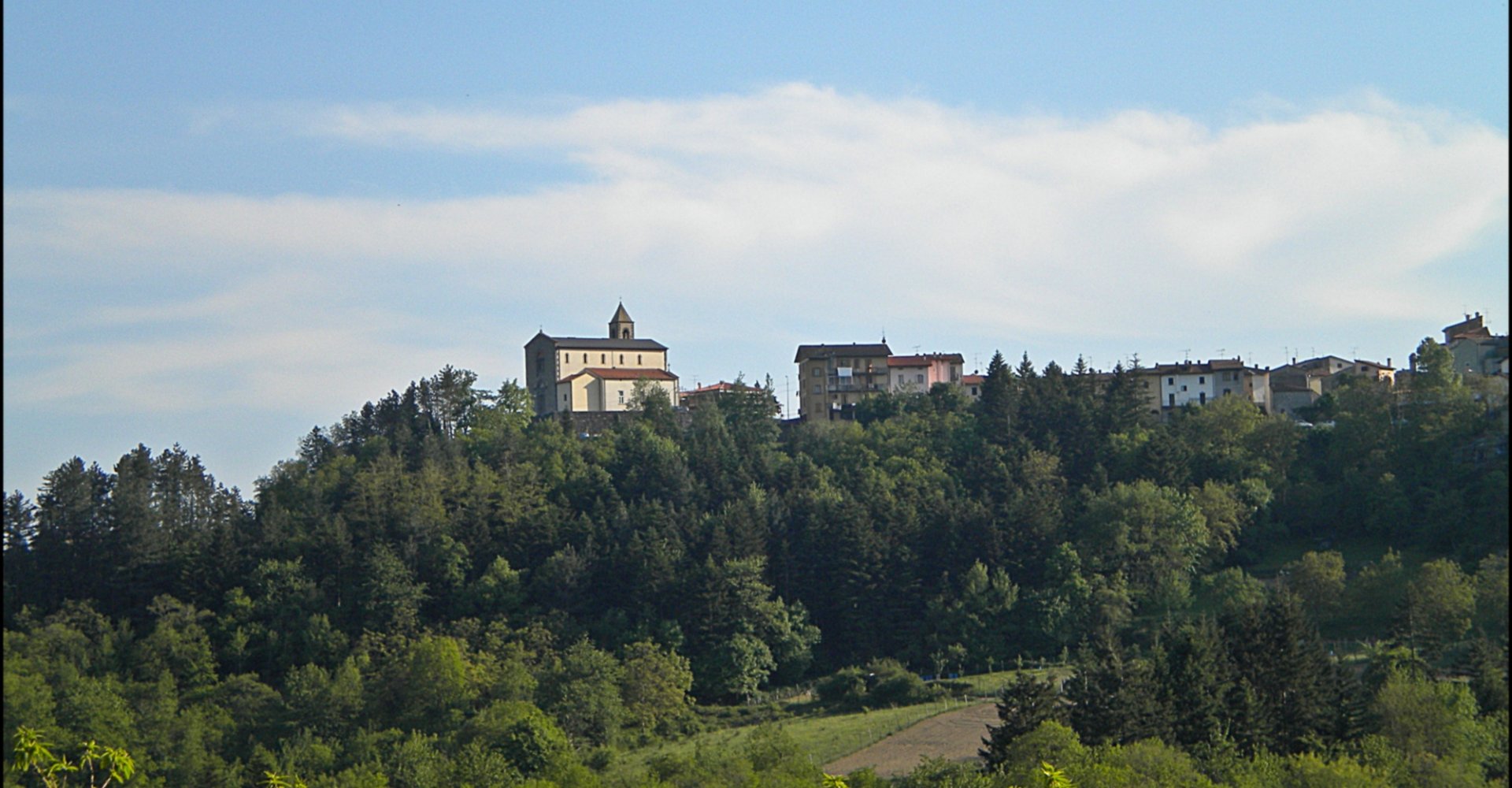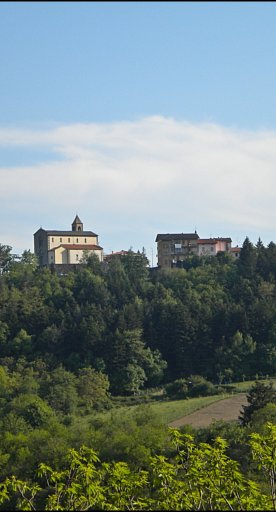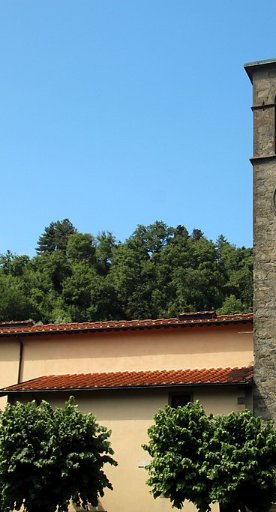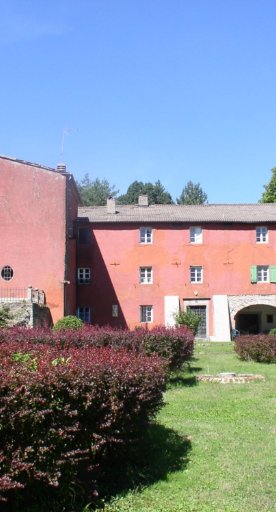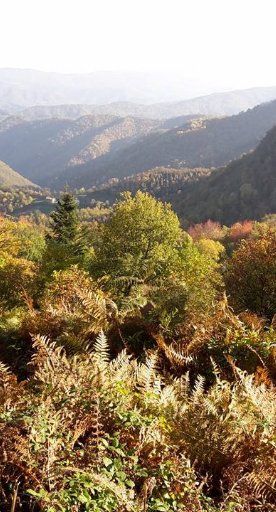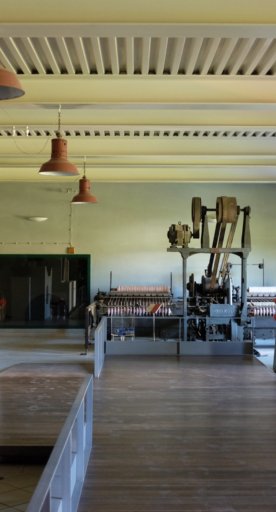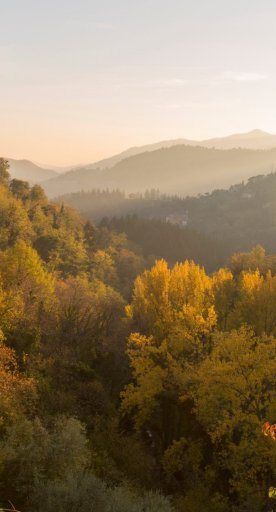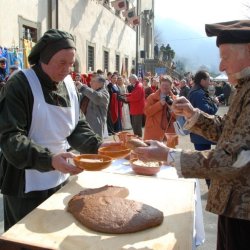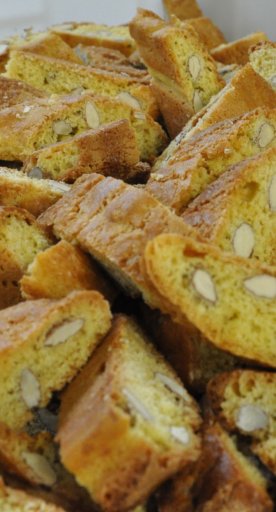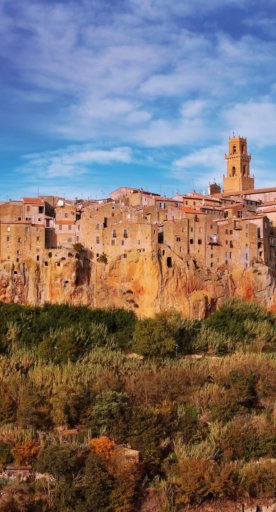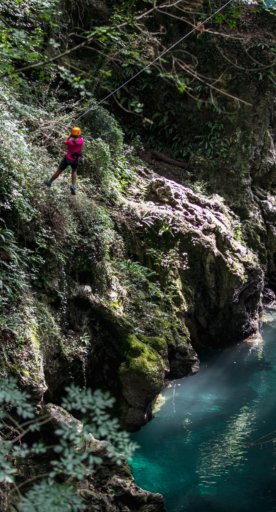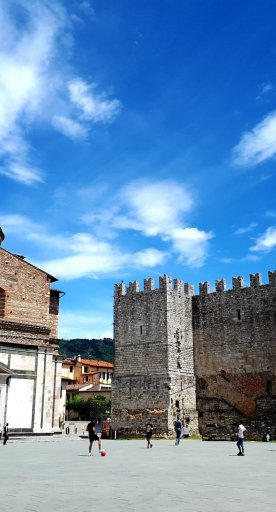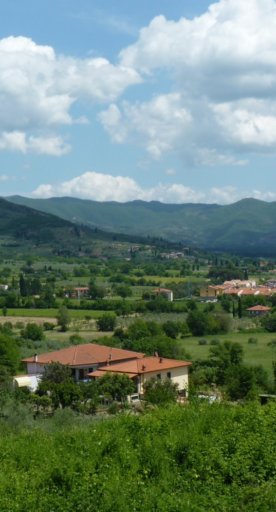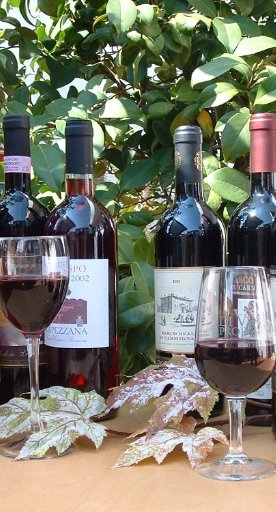Vernio
A stone's throw from Prato, a predominantly mountainous area crossed by the Bisenzio river
Vernio is a scattered municipality in a mostly mountaineous area, rich in streams and dense in vegetation, which due to the varied nature of its little wooded hamlets proves an enjoyable summer destination for those in search of relaxation. Situated beside a large bend in the Bisenzio river, the Apennine watershed runs through the hamlets. The earliest settlements documented in this part of the Bisenzio Valley date to Ancient Roman times.
Some significant social and historic changes took place locally between 1924 and 1934 with the construction of the long Apennine tunnel along the Florence-Prato-Bologna highway, sparking job opportunities for the entire valley, putting an end to the seasonal migration into Maremma and Corsica. In the 1950s, big farms and the figure of the farmer ceased to exist. Major changes occurred after the valley’s main textile mills closed down.
What to see in Vernio
The Vernio area includes the hamlets of Terrigoli, Cavarzano, Costozze, Le Confina, Mercatale Vernio and Montepiano, a popular summer resort with its Badia and in a grassy space near Casa del Mulino Bruno Saetti’s Sun sculpture.
San Quirico is the capital of the municipality, home to the Casone dei Bardi, now the town hall, the Oratory of San Niccolò and the MUMAT Museum. In Sant’Ippolito, visitors can explore the Romanesque Parish Church of Santi Ippolito and Cassiano. Between San Quirico and Sasseta there’s the Rocca di Vernio complex, now privately owned.
Also worth seeing in Vernio is the Church of San Leonardo and San Quirico, while for hiking lovers it’s certainly worth setting out in the Alto Carigiola area and up to Monte delle Scalette.
The Vernio area includes the hamlets of Terrigoli, Cavarzano, Costozze, Le Confina, Mercatale Vernio and Montepiano, a popular summer resort with its Badia and in a grassy space near Casa del Mulino Bruno Saetti’s Sun sculpture.
San Quirico is the capital of the municipality, home to the Casone dei Bardi, now the town hall, the Oratory of San Niccolò and the MUMAT Museum. In Sant’Ippolito, visitors can explore the Romanesque Parish Church of Santi Ippolito and Cassiano. Between San Quirico and Sasseta there’s the Rocca di Vernio complex, now privately owned.
Also worth seeing in Vernio is the Church of San Leonardo and San Quirico, while for hiking lovers it’s certainly worth setting out in the Alto Carigiola area and up to Monte delle Scalette.
Nearby
Lovers of culture and history can continue their journey in the Prato area. In the past, this area was rich in castles which, even today, are charming and elegant. Examples include Fossato, Luicciana, Codilupo and the Cerbaia Fortress.
Villa di Poggio a Caiano is a historical gem, a Medici residence that's an example of Renaissance architecture. Every year, it relives its history with the passionate event of the Siege of the Villa.
In the municipality of Carmignano, the splendid Medici Villa La Ferdinanda in Artimino stands out, also known as the Villa dei Cento Camini. Another higlight is the 16th-century Villa di Trefiano, headed like others in the area by Bernardo Buontalenti.
Lovers of culture and history can continue their journey in the Prato area. In the past, this area was rich in castles which, even today, are charming and elegant. Examples include Fossato, Luicciana, Codilupo and the Cerbaia Fortress.
Villa di Poggio a Caiano is a historical gem, a Medici residence that's an example of Renaissance architecture. Every year, it relives its history with the passionate event of the Siege of the Villa.
In the municipality of Carmignano, the splendid Medici Villa La Ferdinanda in Artimino stands out, also known as the Villa dei Cento Camini. Another higlight is the 16th-century Villa di Trefiano, headed like others in the area by Bernardo Buontalenti.
Events
Every year in Vernio, on the first Sunday of Lent, one of the oldest typical products of Tuscany is celebrated: polenta made with sweet chestnut flour, even more delicious if accompanied by herring and cod. This celebration is called the Festa della Polenta or della Pulendina, although many know it as the Festa della Miseria. It's also an opportunity to organize historical re-enactments with performances and costumed processions.
Every year in Vernio, on the first Sunday of Lent, one of the oldest typical products of Tuscany is celebrated: polenta made with sweet chestnut flour, even more delicious if accompanied by herring and cod. This celebration is called the Festa della Polenta or della Pulendina, although many know it as the Festa della Miseria. It's also an opportunity to organize historical re-enactments with performances and costumed processions.
Typical dishes and products
Zuccherini from Vernio are dry aniseed and donut-shaped biscuits, typical of the Upper Bisenzio Valley. These delicacies are first baked in the oven and then glazed in a sugar syrup. They are generally eaten for breakfast or a snack, but they are also perfect at the end of a meal, accompanied by a glass of vin santo.
Zuccherini from Vernio are dry aniseed and donut-shaped biscuits, typical of the Upper Bisenzio Valley. These delicacies are first baked in the oven and then glazed in a sugar syrup. They are generally eaten for breakfast or a snack, but they are also perfect at the end of a meal, accompanied by a glass of vin santo.
